Affiliate links on Android Authority may earn us a commission. Learn more.
Qnovo adaptive charging promises fast charging and long battery life
Published onMarch 30, 2015
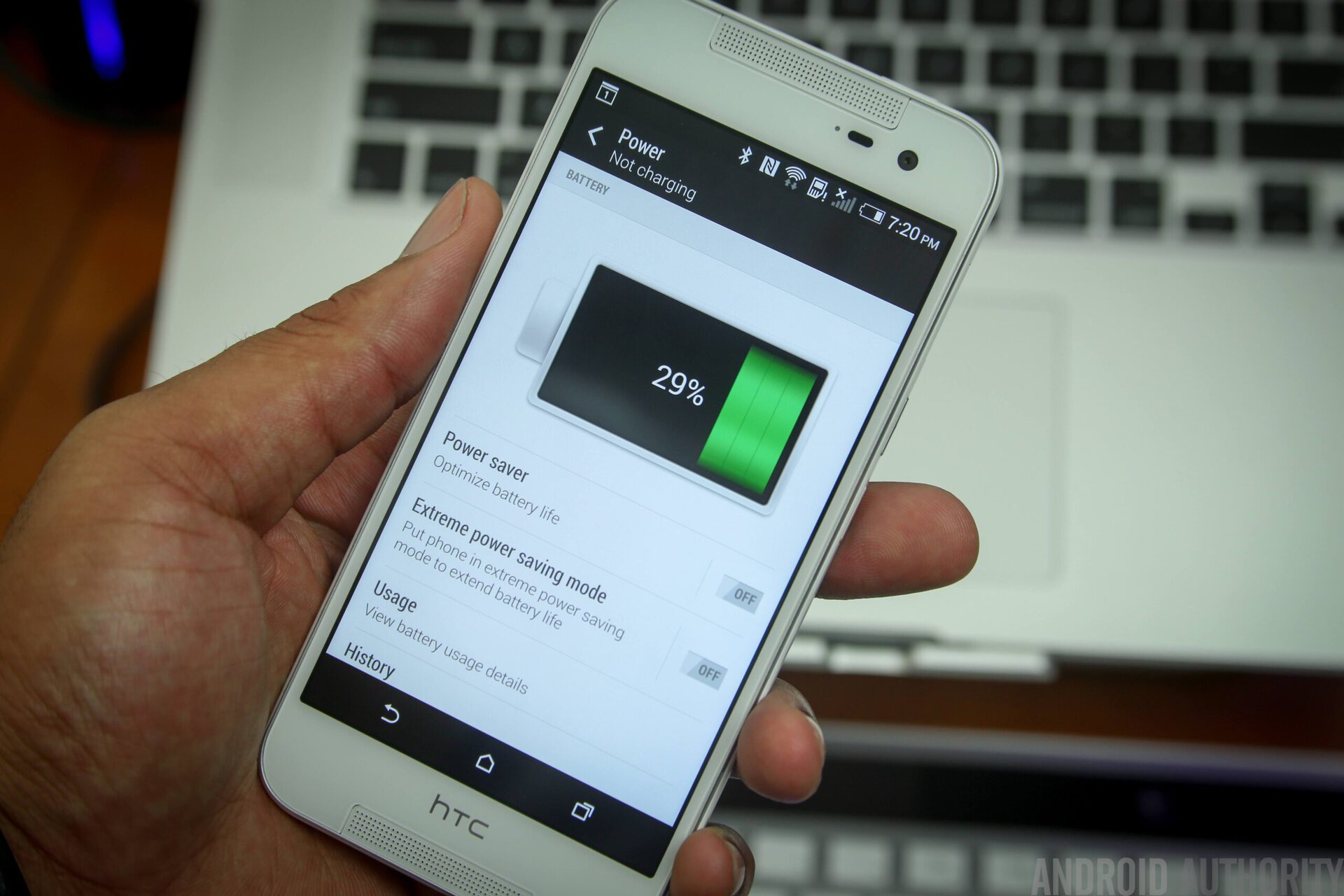
With mobile battery capacity still left in the dark ages, developers have had to come up with new ways to keep our smartphone batteries topped up. Quick charging is proving the most promising, allowing our phones to sprint back into action from empty in under an hour.
Qnovo has its own take on the fast charging formula, which is designed not only to speed up battery charging times but also to smartly manage charging currents in order maximise the lifespan of our precious batteries. Let’s take a look at how it works and what benefits it may bring to the table.
How it works
First, a little background. Smartphone battery charging is split into two phases – when the battery charge is very low, a constant current is provided as the battery’s voltage is stabilized, after which the charging current is gradually decreased until the battery is full. This technique is known as Constant-Current, Constant Voltage charging (CCCV).
Fast charging takes places in the constant current phase, as this is where the most current and power is passed to the battery. This also explains why it can take longer to charge the last 10 percent of your battery than the first 10 percent.
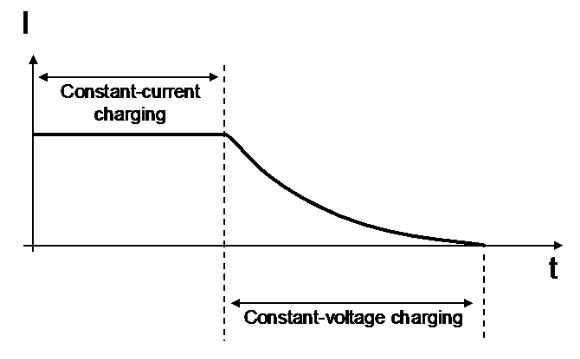
The charge and discharge current of a battery is measured in C-rate, which explains the relationship between the battery’s capacity and its charge or discharge time. For example, a 1000mAh battery charged from a 1000mAh source has a C-rate of 1, while a 2000mAh battery using the same source would have a C-rate of 0.5 and would take longer to charge fully
Higher C-rates speed up the charging time as it pushes more current to the battery in the early CCCV stage, but at the cost of the total cycles available before the battery’s maximum storage capacity decreases. This decline in capacity is caused by deterioration in the battery’s electrodes, which happens gradually over time. Forcing more current through speeds up this decline and reduces the number of lithium ions available to pass from cathode to anode and back.
A C-rate of around 0.5 to 0.7 is typical for smartphone chargers, as it provides good balance between charge speed and total life span. Higher values, in excess of 1C can shorten the battery’s total charge cycle limit and most manufacturers recommend a rate lower than 1C. However Qnovo’s technology claims to allow for a C-rate of up to 1.5 whilst still allowing for at least 800 cycles before battery depletion. Typically, Li-ion batteries will last in the region of 1000 cycles when subjected to standard charging regimes.
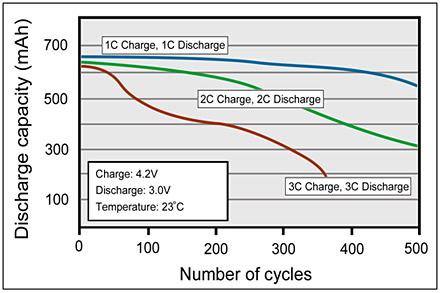
Qnovo says it’s technology accomplishes this by measuring real-time charging data and damage and using algorithms to adjusting the rate of charge via a feedback loop. The system aims to maximize the amount of charging current that the battery can sustain at any point in the charge cycle without causing additional damage to the battery. Rather than a set early constant current state, Qnovo can adjust the current from 0.7C to 1.5C depending on the battery’s state and condition at any given time.
Qualcomm’s Quick Charge circuitry similarly regulates the charge current to a suitable rate for the handset’s battery during the faster constant current phase, but it’s not clear how actively the current is monitored and adjusted when compared with Qnovo’s technology.
Qnovo claims that its technology, running at 1.5C, can charge an unspecified battery up to 50 percent capacity in just 20 minutes and it can reach 80 percent in 35 minutes. For comparison, an older standard 0.5C charger may take somewhere in the region of an hour to reach 50 percent using the same charger and battery. However, in real-testing the charge is unlikely to be held at 1.5C for the entire constant current cycle.
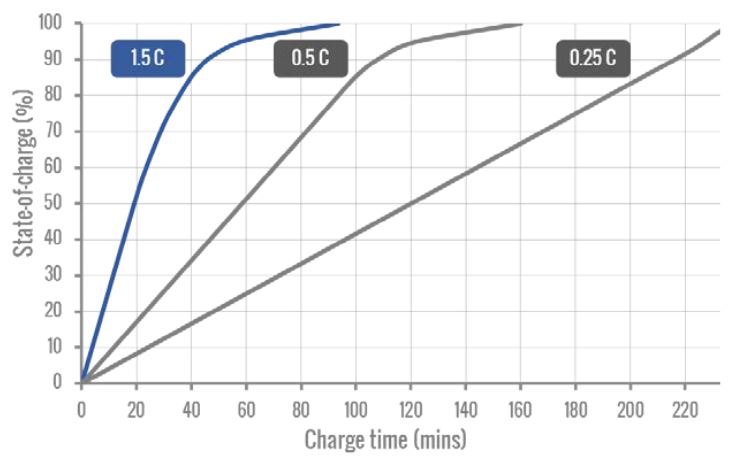
We already know that Qualcomm’s Quick Charge 2.0 can juice up a Nexus 6 battery to 50 percent in 40 minutes and OPPO’s VOOC Flash Charge claims to charge the Find 7 to 75 percent in just 30 minutes. Qnovo has tested its technology with a Quick Charge 2.0 adaptor and found that it can charge a smaller 2,100mAh battery to 55 percent in just 20 minutes, 73 percent in 30 minutes and 85 percent in 40 minutes.
That’s pretty fast, but we’d like to see a more direct comparison with a similar sized battery before we can definitively state if this is faster than the competition.
Implementations
Clearly then, some part of Qnovo’s solution is based in software and the company’s QNS algorithms can apparently be used to increase the charge rate on existing devices. The company claims that it can provide at least 800 charge cycles at a rate of 0.7C to 1.2C with software alone.
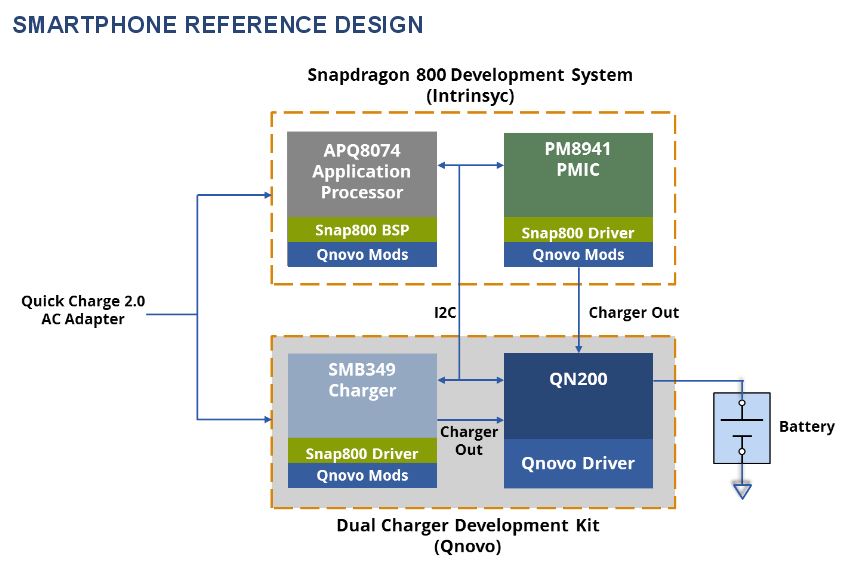
However, if we want to maximise charging based on this technology we’re going to need compatible hardware too. Qnovo’s QN200 silicon chip supports fast charging at charge rates up to 1.5C and a cycle life of 800 charges. The chip can sit alongside existing processor and charging circuit designs, such as those used by Qualcomm’s Quick Charge 2.0 technology, to monitor and maximise the amount of current passed to the battery.
Qnovo states that it won’t be making its software available as a downloadable application for safety reasons, which actually doesn’t sound that reassuring. Instead, the company says it is working with mobile product manufacturers to integrate its software and hardware into upcoming products, although no dates or products have been announced yet.